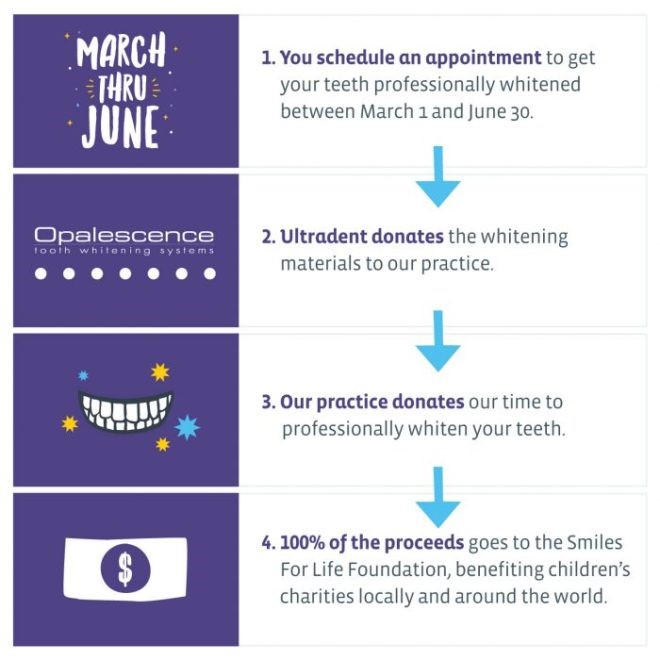
WE’VE ALL HEARD that if we want healthy teeth, we should brush twice a day, floss once a day, and schedule regular dental cleaning appointments twice a year. Definitely keep doing those things, but if you want to step up your oral health game, here are a few easy ways to do that.
Replace Your Toothbrush Regularly
One of the simplest ways you can improve your dental health and hygiene is to replace your toothbrush on a regular basis. Vigorous brushing will make the bristles fray and reduce the brush’s cleaning ability, but that’s not the only reason toothbrushes should be replaced often.
A lot of the bacteria we brush off our teeth stays on the bristles of our toothbrushes. Proper storage–meaning storing the toothbrush upright and letting it dry out between uses–can keep a toothbrush from getting smelly and nasty too fast, but it’s still important to replace your toothbrush at least every 3-4 months.
Use A Tongue-Scraper
Brushing your teeth twice daily is a no-brainer, but don’t forget your tongue! The same bacteria and gunk that flourishes on teeth can hide on your tongue too. Using a tongue scraper or just running your toothbrush over your tongue will leave your mouth feeling much fresher than if you only focus on your teeth and gums.
Don’t Brush Too Hard
Sometimes it seems like we need to really work at those teeth when we brush, to get absolutely all of the food particles and plaque out. However, if we brush too hard, we risk scraping away at the tooth enamel, which is your teeth’s first line of defense against decay. Brush gently or use a toothbrush with soft bristles to avoid damaging your teeth.
Eat Teeth-Friendly Foods
Many foods are bad for your teeth. Sugar and carbs feed the harmful bacteria living in your mouth and acidic drinks erode tooth enamel. Avoiding some of these foods will help, but there are also plenty of foods you can eat that are actually good for your teeth.
Adding more cheese, yogurt, leafy greens, apples, carrots, celery, and almonds to your diet will make your teeth happy, whether by scrubbing them as you eat, fighting bad bacteria, treating gum disease, neutralizing your mouth’s pH, or remineralizing your enamel.
We’d Love To See How Your Teeth Are Doing!
If it’s been a while since your last dental exam, we’d love to see how your teeth are doing, and we’ll be excited to see how adopting these simple habits will affect your oral health by the time we see you again!
We Love Our Patients!
The content on this blog is not intended to be a substitute for professional medical advice, diagnosis, or treatment. Always seek the advice of qualified health providers with questions you may have regarding medical conditions.




 IT IS NOT UNCOMMON for your teeth to lose their luster over time, which is why so many people are interested in whitening them!
IT IS NOT UNCOMMON for your teeth to lose their luster over time, which is why so many people are interested in whitening them!